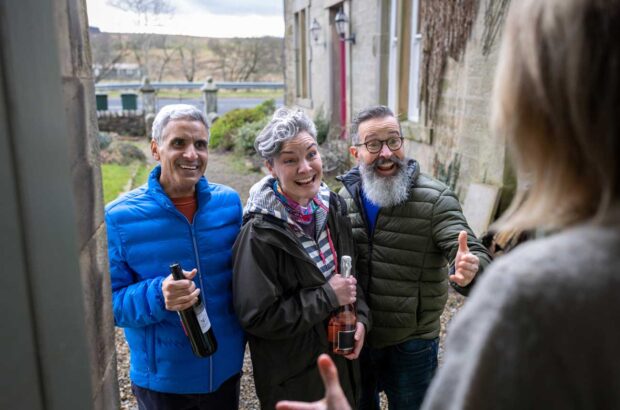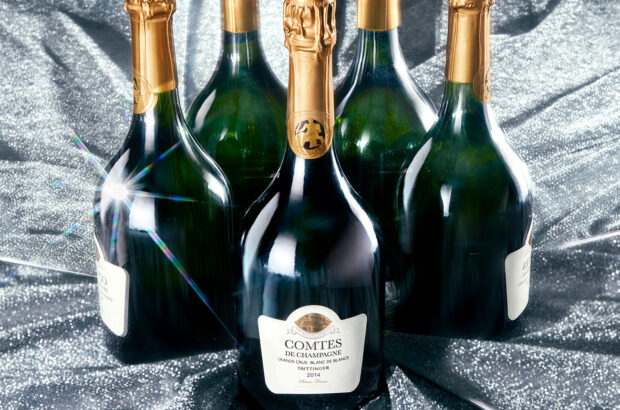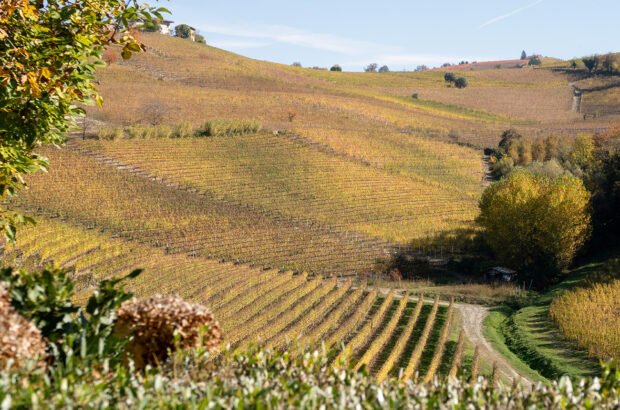The legend lives on…
Top Jamaican rum producer Appleton Estate pays homage to the discontinued J Wray & Nephew 17 Year Old – famed for its use in the first-ever Mai Tai cocktail – with its new Appleton Estate 17 Year Old Legend (Alc 49%). Appleton Master Blender Joy Spence referenced archived manuscripts and formulas, using four very rare distillates to best replicate the taste profile of the legendary blend crafted on the estate in the 1940s. ‘This project has been truly one of the most challenging of my career,’ said Spence. ‘We’ve created an expression that is a tribute both to our own heritage, and to the heritage of the classic cocktail craft.’
The original 17 Year Old rum featured in the emerging Tiki cocktail scene of the 1940s; Victor Bergeron, founder of Trader Vic’s in California, teamed it with lime juice, orgeat and orange curaçao to create a new Tiki cocktail. On tasting it, friends from Tahiti pronounced Maita’i roa a’e (‘out of this world!’) and the Mai Tai was born. Velvety, complex and rich, Appleton Estate 17 Year Old Legend captures the smoky orange top notes that distinguished the original, layered with rich caramelised banana, pear, oak, moist fruit cake and green herbaceous notes. Only 1,500 bottles produced; 180 available in the UK. Available from Master of Malt.
What is… a dry shake?
Cocktail recipes that require you to shake a drink to mix the ingredients will usually tell you to add ice to the shaker. This is known as a ‘wet shake’, because the ice will fragment and melt as you shake, adding a tiny amount of water to the drink. However, some recipes call for a ‘dry shake’. This refers to shaking ingredients without ice. A dry shake will whip air into the mixture, giving a frothy texture to the final drink. Recipes containing egg white – such as a Whisky Sour or Clover Club – require a dry shake, to ensure that it combines with the other ingredients, giving a foamy texture.
What to drink now… Clover Club
The Clover Club first formed in the early 1880s as a dining club for newspaper industry figures. They met in Philadelphia’s Bellevue Hotel, where this eponymous drink was created, probably in 1896. The drink fell out of popularity after Prohibition but was revived by top mixologist Julie Reiner when she opened the Clover Club bar in Brooklyn NYC in 2008. For this recipe, as raspberries are in season you could make your own raspberry syrup. Otherwise try Monin Framboise Syrup (available from The Whisky Exchange).
Clover Club
Ingredients: 45ml gin, 15ml dry vermouth, 15ml lemon juice, 10ml raspberry syrup, 10ml egg white (or aquafaba)
Glass: Coupe
Garnish: Raspberry
Method: Shake all the ingredients with ice, then strain back into the shaker. Dry shake and strain into a chilled coupe












